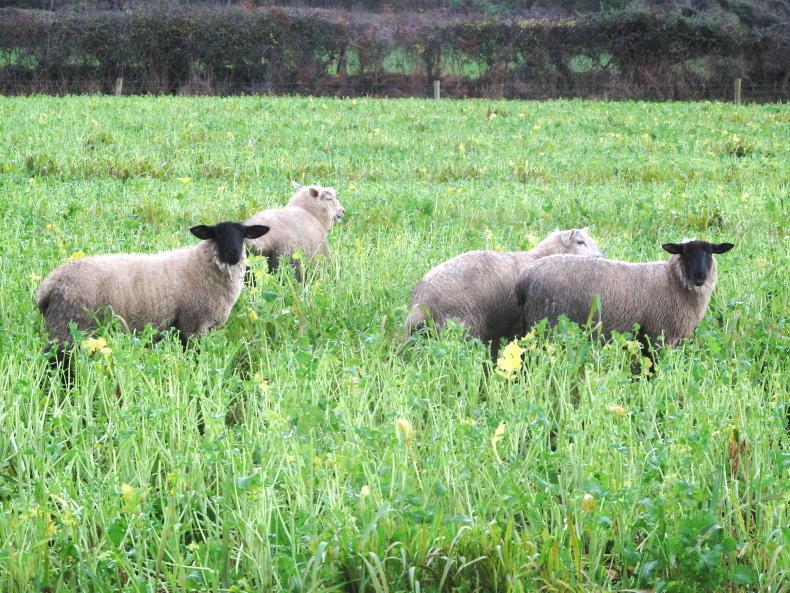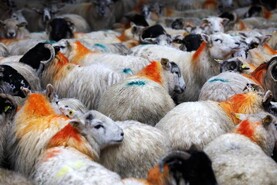Grazing cover crops
The grazing of cover crops sown to satisfy Nitrates regulations is permitted from 1 December 2024. This is not to be confused with cover crops sown under the Agri-Climate Rural Environment Scheme, which must remain in-situ until after 1 January.
After this time cover crops can be lightly grazed or incorporated into the soil.
Remember there are new rules regarding the grazing of cover crops in regards providing a lie back area. A minimum of 30% of the total land area must be provided for lie back.
For example, if a 10-acre area is being grazed, there must be three acres of the 10 acres used as a lie back.
Stubble ground is acceptable as a lie back provided the animals can access it at all times, there is sufficient green cover established to comply with stubble management requirements of the Nitrates regulations and repeated poaching of the lie back or catch crop area does not take place.
The increased buffer strip along a watercourse of 4m (normally 3m) can also be counted in the lie back calculation.
Providing sheep with access to a lie back and crop area will help in allowing animals to become acclimatised to their new diet.
If hoping to finish lambs on the crop. then it is important to carry out a feed budget to ensure there is a sufficient volume of herbage available to bring lambs through to finish.
If dividing the crop with temporary electric fencing, then it is important to get animals accustomed to electric fencing at the outset when the current can be managed more easily.
Utilisation will be helped by allocating fresh feed every day or two, but this is not practical for many enterprises, with block grazing possibly suiting better. Access to minerals is advised where sheep are grazing the crop for a prolonged period of time.
Rumen fluke
This week’s sheep feature on page 35 discusses options for liver fluke treatment. Discussions on liver fluke treatment regularly veer to treatment of rumen fluke, and while it can be a significant issue on some farms it is a far less prevalent issue than liver fluke.
Rumen fluke eggs can be present in faecal egg counts, but without having any significant effect on health or performance. Treatment is generally only warranted where there is a history of problems on the farm or clinical symptoms such as rapid weight loss or profuse scouring is seen.
There are no licensed treatments for rumen fluke, but the active ingredient oxyclozanide will kill rumen fluke parasites. Care should be taken to follow manufacturers/veterinary guidelines.
Scanning ewes
Scanning of ewes can be carried out ideally at approximately 80 to 90 days post-ram turnout. Fasting ewes in advance of scanning can help in achieving more accurate results, with this especially the case where ewes have gone beyond 100 days of gestation.
Flocks with split lambing should ideally have more than one scanning date, but where this is not possible it is best to talk with your scanner to achieve the best compromise.
For flocks which have moved lambing forward and selected this option in the Sheep Improvement Scheme, ensure that scanning dates still satisfy scheme requirements.






 This is a subscriber-only article
This is a subscriber-only article










SHARING OPTIONS: